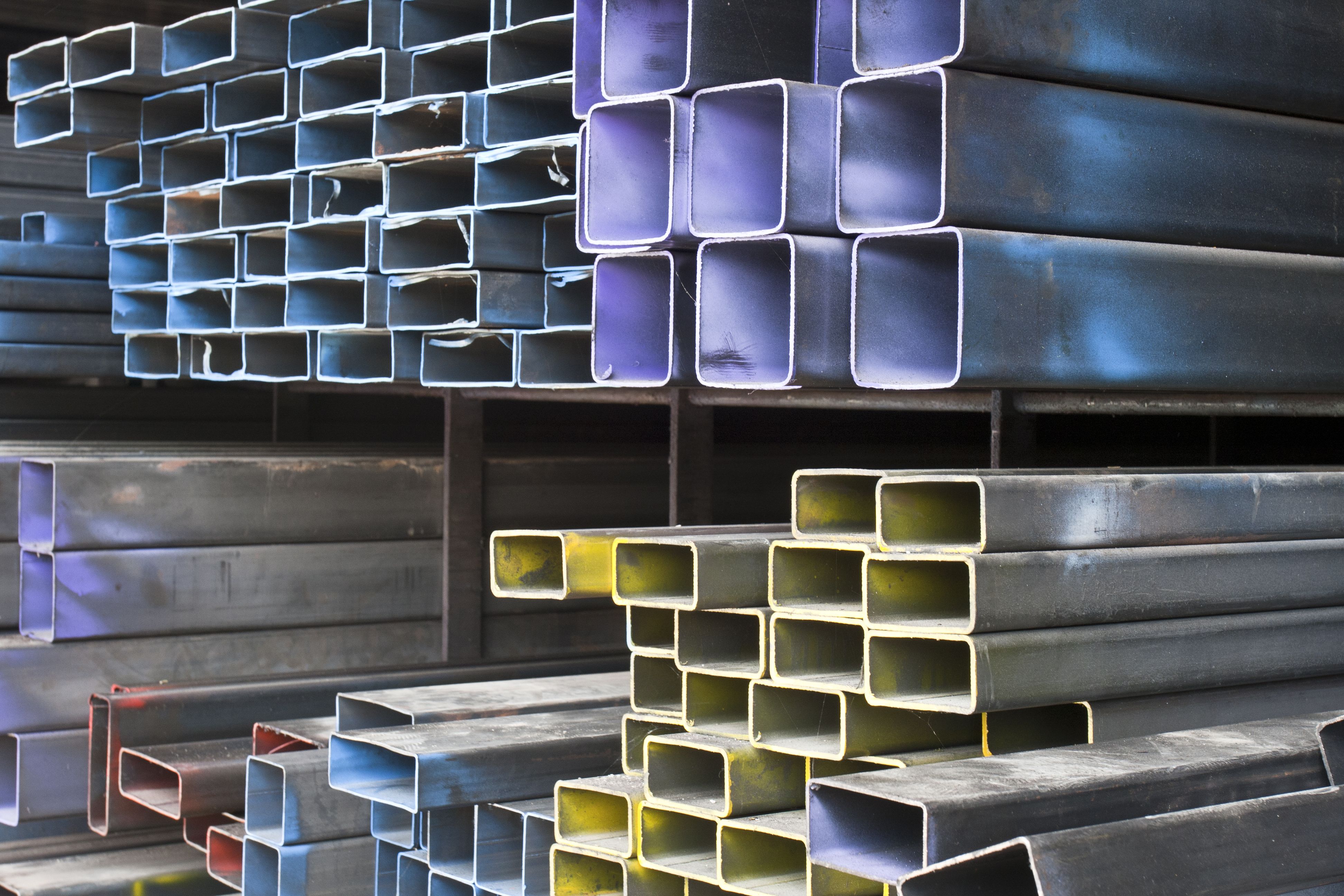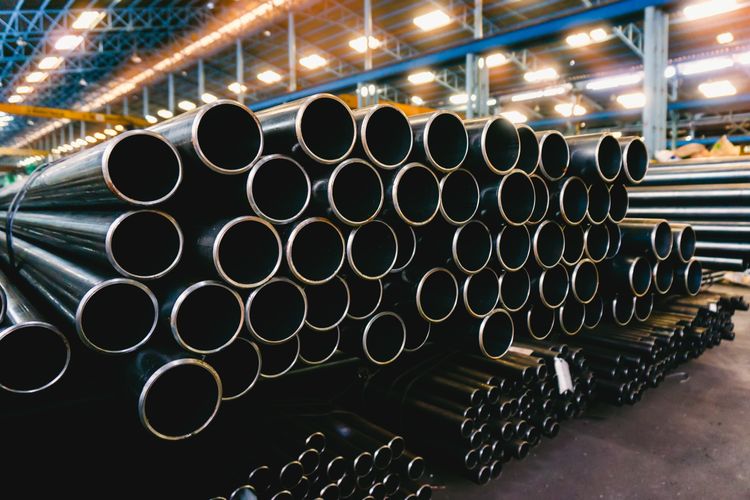In 2021, the market for steel pipes in India was valued at over Rs. 55,000 crores – a staggering 9% of the global market – with the valuation split evenly between ERW and SAW/SS pipes. An industry report by CareRatings indicates that the piping and tubing industry is also among the largest consumers of steel in India, accounting for around 8% of the country's total annual consumption. Buoyed by demand from the oil and gas, petrochemical, power, and public infrastructure sectors, the country’s domestic production has continued to grow in recent years, with India emerging as the top 3 producers of steel pipes in the world (next only to the United States and Japan).
What are welded steel tubes and pipes?
Welded tubes and pipes are tubular products made out of flat steel plates by bending the plate and welding the seam. The result is a single piece of product that can be used in different applications.
Welded piping is primarily used to transfer liquids, gases, and slurries in the automotive and construction industries. The material used may vary but steel has been the material of choice for welded pipes and tubes because it resists corrosion and needs less maintenance than other materials.
The history of welded piping dates back to the early 1900s when it was first used in Europe for water and gas lines. The use of welded piping has grown significantly over the years, with many modern applications relying on it. From the pipes that carry our water to the tubes that transport our gases, welded steel products are everywhere.
One of the most important consumers of welded steel tubes and pipes is the Indian automotive industry, where is used in a variety of applications, including exhaust systems, body panels, and suspension components. But what makes welded steel pipes so popular? Common reasons include -
Durability:
Welded tubes and pipes are stronger and more durable than their seamless pipe counterparts. They are also more versatile which makes them ideal for use in a variety of industries, from construction to automotive.
Cost-effective:
Welded tubes and pipes are more cost-effective than other traditional options, making them a more attractive option for businesses. This is because welded pipes are produced using a simple, two-step production process, and only require low equipment investment.
Energy-efficient production:
Welded tubes and pipes are more environmentally friendly than conventional seamless pipes, as they require less energy to produce due to advancements in welding and forming technology.
Let’s take a quick look at the market for steel pipes and tubes.
Steel pipes and tubes – Major industrial applications





 +91 7208055523
+91 7208055523
 Help & support
Help & support
